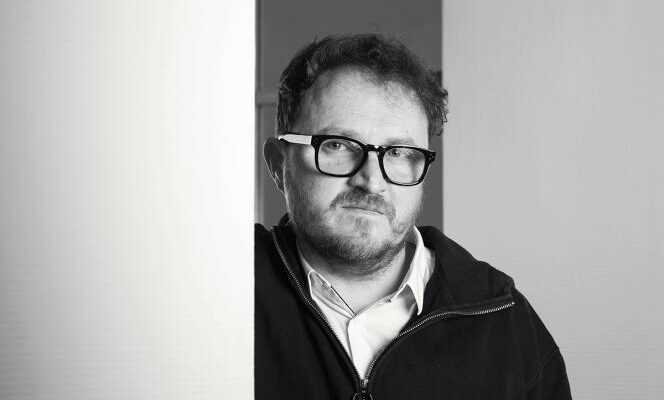“I first came to design to contradict my parents. I was good at school, my father was a doctor, my mother a history-geography teacher, I carried their hopes, and they destined me for a great scientific school. But when you’re a teenager, you’re in opposition. My mother accompanied me one day to a student fair in Lyon, to explore the preparatory schools for maths sup, maths spé, and I came across a stand of the ESDI design school [aujourd’hui Creapole]. Drawing appealed to me, and I discovered the profession of designer.
When I told my parents that was what I wanted to do, it was very difficult. For them, it fell within the realm of the artistic and the eccentric, it was a “siding-over”. Although I was valedictorian of my preparatory class, I was able to enter the school without passing the competition and find work from my second year, they were always worried. My mother passed away thirteen years ago, and I think she left with that little worry in her heart.
“My mother didn’t go to the supermarket but rather to the butcher, the fishmonger, the market gardener. »
Originally from Roanne, I grew up on sausage and potatoes, grattons and beef bourguignon. My mother cooked a lot, a rich and meaty cuisine, simmered and always a little overcooked, but with an artisan culture. She didn’t go to the supermarket but rather to the butcher, the fishmonger, the market gardener. His bedside book was the Troisgros brothers’ white book published by Robert Laffont editions. When we entertained, she often made the famous salmon with sorrel, which she served with an antique hot sauce boat.
While I was still at ESDI, I started doing internships and I was soon offered a job. I started working for one agency during the day and another at night, sleeping three to four hours in between. For ten years, I acted as a mercenary for almost all the big luxury design agencies in Paris. My credo was to break the codes, to tell stories, by mixing the classic and the modern.
One day, someone suggested that I send my book to Alain Ducasse. He took a year to call me back, to offer me to work on his publishing house’s books. Little by little, I developed its visual identity, and, in 2003, I launched my agency Graphic care (a nod to my father) to devote myself to the Ducasse group. In 2012, the chocolate factory was launched with Nicolas Berger. I imagined a “raw” design for the chocolate as well as for the packaging. I fought, Alain Ducasse believed in it, it’s over.
I love to eat but Ducasse has changed my approach to cooking. After a life as a carnivore, I discovered that you could make delicious gourmet dishes using vegetables and seafood. I discovered simplicity, purity, the freedom to get back to basics. A spirit that can be found in this gamberoni-based carpaccio, emblematic of the Mediterranean, embellished with a hint of Japan, with black garlic, and, of course, cocoa, which links the different worlds. »
The Great Book of Naturalness, by A. Ducasse, R. Meder and J. Préalpato, Ducasse Edition.
